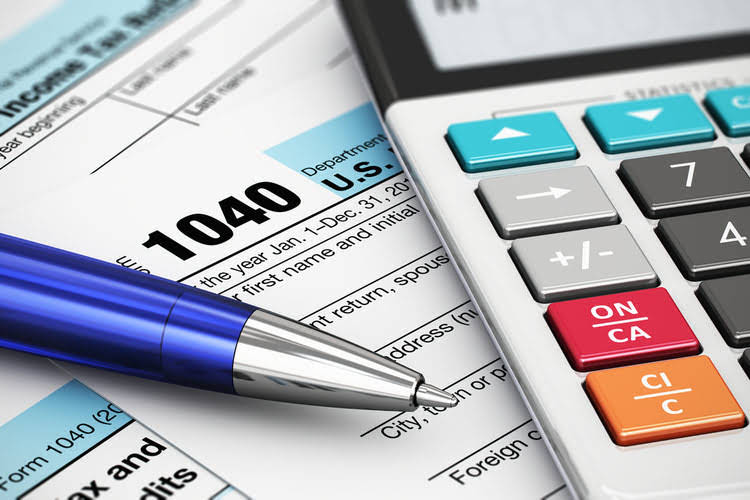
It also increases transparency between departments and aids in correct financial reporting. Implementing AP automation software can significantly help companies sync data for accurate encumbrance accounting and gain control over their finances. As technology continues to evolve, encumbrance accounting systems and software will become more sophisticated, offering organizations increased automation and improved accuracy. These advancements will streamline the encumbrance accounting process, allowing for more efficient tracking of future payments and expenses. Budgetary control involves additional processes such as validating transactions to determine whether spending is permissible or whether sufficient funds are available.

Features of NonProfit+ Encumbrance Accounting Software
Helping organizations spend smarter and more efficiently by automating purchasing and invoice processing. In Balance Reports, encumbrances can be toggled on or off to reflect available balances. Report users can use this encumbrance indicator to evaluate their available balances and solvency concerns, at budget or fiscal year end. Your organization isn’t required to spend an entire encumbered amount in a single transaction. If it’s involved in multiple lawsuits, for example, it can encumber the potential liabilities for all of them, and then pay them out one at a time. Barbara is a financial writer for Tipalti and other successful B2B businesses, including SaaS and financial companies.
- If it’s involved in multiple lawsuits, for example, it can encumber the potential liabilities for all of them, and then pay them out one at a time.
- Any encumbrance funds are not part of the actual funds ledger balance, because payments haven’t been processed.
- Encumbrance is the process of setting aside funds for expenses that are legally obliged but haven’t been paid yet.
- Then, the procuring company converts the encumbrance into an expenditure by transferring the transacted items from the encumbrance account into accounts payable.
- When you make the PO, you then will generate an entry indicating the encumbrance or the money you will pay in the future for that order.
Frequently Asked Questions about Encumbrance Accounting
Encumbrance is the process of setting aside funds for expenses that are legally obliged but haven’t been paid yet. Encumbrance accounting is the process of accounting for encumbrances and recording them in the general ledger as a transaction to the encumbrance account. Encumbrance accounting is standard in government and nonprofit organizations to better manage funds and budget expenses. This can be done for future vendor payments against purchase orders or purchase requisitions or can be set aside for tax, mortgage, debt or legal payments. Encumbrance is performed in three steps – pre-encumbrance, encumbrance and expenditure and is recorded in two journal entries. This involves updating the encumbrance amounts as commitments Certified Bookkeeper are fulfilled or modified.

Increased visibility

Delivered on the powerful Acumatica platform, NonProfit+ brings a new level of functionality that empowers organizations to efficiently manage their finances. PurchaseControl gives visibility of committed spend and makes encumbrance accounting easier. In this document, the IT department can list the equipment they want to purchase and the vendor they intend to use.
- Encumbrance accounting is a method used to track and record commitments made by an organization for future expenses.
- Think of encumbrances as reserved funds to later pay pre-determined liabilities that will occur later.
- In encumbrance accounting, that number is upfront and easy for any budgeting committee or CFO to examine.
- Purchase order encumbrances are most commonly used in government accounting, but any organization can use the principle for budgetary control.
Drafting a Pre-Encumbrance

With cloud-based software, organizations can access their encumbrance accounting data from anywhere, collaborate in real-time with team members, and easily scale their systems as their needs evolve. Encumbrance accounting is a method used to track and record commitments made by an organization for future expenses. These commitments can include purchase orders, contracts, or any other type of financial obligation that has not yet been fulfilled. encumbrance accounting By recording encumbrances, businesses can accurately forecast their financial obligations and ensure that they have sufficient funds to cover these commitments. One of the first steps in implementing encumbrance accounting is defining the encumbered amount.
- Encumbrance accounting plays a crucial role in the financial management of organizations, particularly those with complex budgets and financial commitments.
- These encumbrances are recorded under reserved fund balances in the balance sheet.
- With encumbrance accounting, organizations record anticipated expenditures beforehand.
- Your organization isn’t required to spend an entire encumbered amount in a single transaction.

Other examples of encumbrance can include money set aside for payroll, allotted cash for monthly fees such as utilities or rent, and cash that is set aside for taxes or other longer-term fees. It is up to your company to decide which items will be the most helpful for them to track to more accurately predict and track cash flow. Cloud solutions offer several advantages, including enhanced accessibility, scalability, and data security.
- They’re better able to keep their expenditures within the allocated budget and more accurately predict cash flow.
- By accurately recording and tracking financial commitments, businesses can effectively plan their budgets, allocate resources, and maintain financial control.
- Encumbrances are also known as pre-expenditures since they act as budgeted reserve funds before the actual expenditure.
- This helps improve transparency between departments and ensures every penny has been accounted for with a purchase.
- This blog will discuss the importance of encumbrance accounting and how it is performed.
The encumbrance accounting process
The definition of an encumbrance is contribution margin not the same as used in the real estate profession, where it means mortgages, property liens, and easements. We saved more than $1 million on our spend in the first year and just recently identified an opportunity to save about $10,000 every month on recurring expenses with PLANERGY. Encumbrance accounting has three main phases, in line with those for procuring goods or services. Enter your email below to begin the process of setting up a meeting with one of our product specialists.